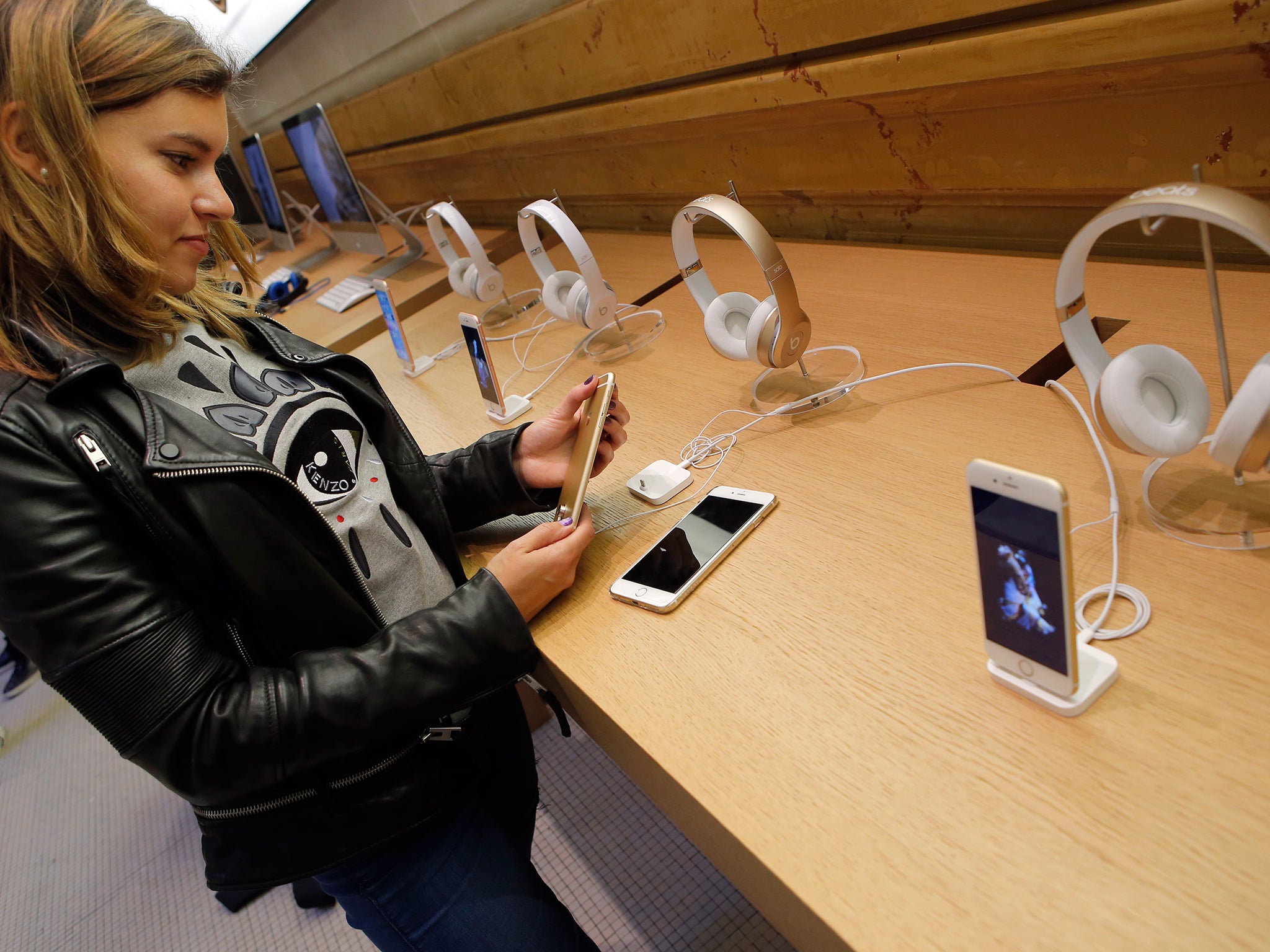iPhone 7 successors could use OLED displays, bringing longer battery life and a redesign of iOS
The company has used the technology in the Apple Watch — and it could start coming to bigger devices from 2018, a new report claims

Apple is set to start using brand new screen technology beginning with its iPhone 8, according to reports, probably bringing huge new improvements in battery life.
The company is set to switch to new OLED screens from 2018, reports the Nikkei Asian Review. That will probably be the year that Apple launches the iPhone 8, if it sticks with its pattern of launching a full new phone every other year and an “S” model inbetween.
Because of the way the screens work, such an update is likely to bring with it an entire redesign of iOS, the software that powers iPhones and iPads. OLED screens are much more efficient if they are being used to show screens that are predominantly black, meaning that the operating system would likely be redesigned to be mostly black rather than the colourful and often white look that it has now.
OLED screens give better contrast and far better battery lives because they only light up the parts that they need to show colour. But they are harder to make and often less efficient.
The Apple Watch is thought to use an OLED display, though Apple hasn’t referred to it as such. That allows the Watch to produce a deep black colour as well as save on battery.
Any redesign would probably follow the Apple Watch, which is focused around black backgrounds with bright icons. Apple design head Jony Ive has referred to the iOS interface as “old” when compared to the Apple Watch one, and so it is likely that the new iPhones will borrow from the wearable.
But the company has always indicated that it has avoided using the same technology for its iPad and iPhone. It has said that the trade-offs to put the technology onto a much bigger screen — like problems with over-saturation — have meant that it has held off putting it into its bigger devices.
In pictures: iPhone 6s goes on sale
Show all 10The news echoes a report from well-connected Apple analyst Ming-Chi Kuo. He wrote that Apple manufacturers were continuing to invest in LCD screens and that OLED production was still slow, meaning that Apple was unlikely to swap over for the iPhone 7 or 7s.
Subscribe to Independent Premium to bookmark this article
Want to bookmark your favourite articles and stories to read or reference later? Start your Independent Premium subscription today.

Join our commenting forum
Join thought-provoking conversations, follow other Independent readers and see their replies